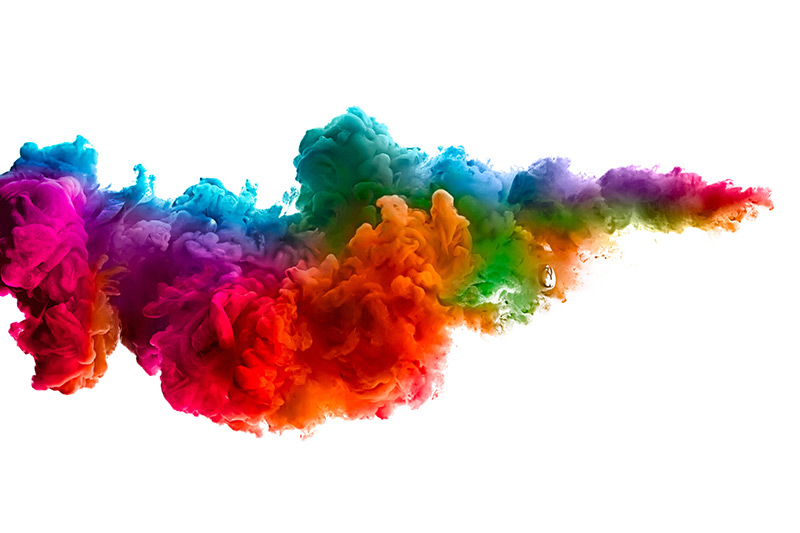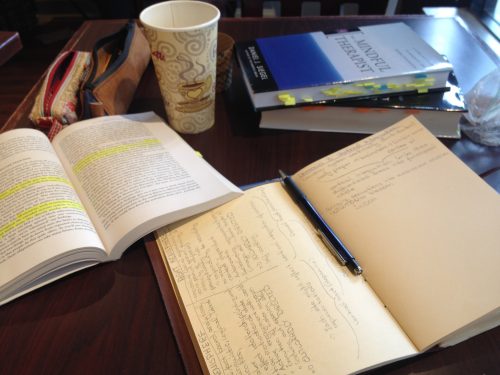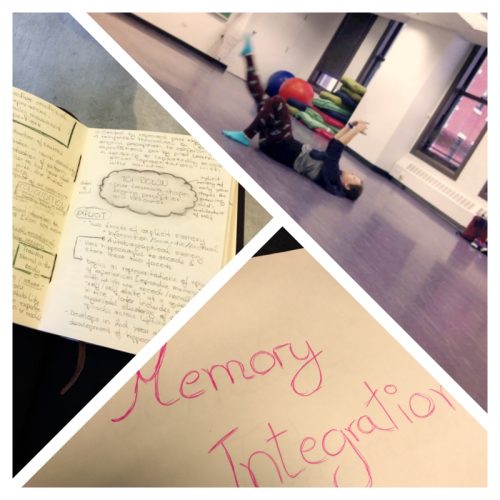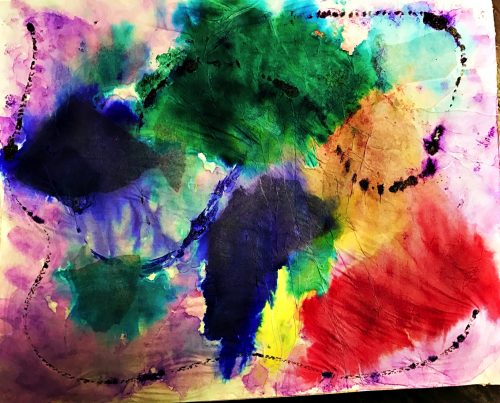
How to validate your art-based research?
When I thought about the topic of research at the start of my master’s program, most associations I had were about quantitative research. I imagined surveys and questionnaires…in general, methods that can turn the object of observation into a set of numbers.
So when I learned about art-based research I was skeptical. I could relate to using unstructured journaling as a method, because I had done research involving interviews and knew how to transcribe and look for themes. But using art-making such as drawing and moving? Isn’t that way too subjective and not “scientific” at all? I had a hard time wrapping my head around that.
Looking back now, I realize that most of my skepticism was coming from me questioning the reliability and validity of art based research. Consequently, I thought out and looked up ways to increase its validity and reliability. And here are the few I decided to use in my own thesis project.

Thesising…
Triangulation
The most common validation strategy in qualitative research is probably triangulation. In triangulation a researcher makes use of multiple and different sources to look at a theme or research question. In a way, each theme or result is supported by (at least) three sources. In the case of my art-based research I chose three forms of data/data collection methods: visual art, movement, non-structured journaling, and I looked for themes that came up and were supported in all of these.

Triangulation
Rich and thick description
Rich and thick description is pretty self explanatory. It entails that a researcher incorporates a detailed description of participants or the setting under study. In my case, I am including a detailed description of my data and developed themes in my results. This means that I’m not just stating the themes that I came up with, but I describe my artwork, include pictures of my artwork, describe movement, or cite words/ passages from my journaling. In essence, this strategy allows readers of my thesis to make decisions regarding the transferability of my result.

Artwork in response to “Memory Integration”
Resonance panel
Finally, a researcher can use a resonance panel or external audit, bringing in an outside perspective to examine the process and the results. Looking at the results, that person or the panel examines whether or not the findings, interpretations, and conclusions are supported by the data. In my case I asked four people to be on a panel: a friend who also conducted an artistic inquiry, one of my professors who works from the same theoretical model, another friend who is a movement pattern analyst, and an art therapist I have been working with on analyzing my visual art work. I met with them twice, once to present my raw data and look at/ discuss themes, and once again after I was done with my data analysis to look at the result.
I must say the resonance panel was probably the strategy I liked best and I had the most fun with. Even though it can be scary and challenging to let other people see your self-reflective work and being so vulnerable, it also offers a lot of reassurance that the things you are seeing in your data aren’t just tricks of your mind. Even more, they were able to point out things I would never have thought of. It was really mind opening and felt as if my research was taken to a completely new level.

The thought of art-based research might still feel strange to you. But I also like to invite everyone to explore, why many people, including myself at the beginning of this process, are so skeptical about it. For myself I think it wasn’t really about the process of the research. It was about my own bias that numbers are more accurate than open reflection and interpretation. Similar to assumptions that natural science (“hard science”) are more accurate than social science. But the human mind does not follow simple laws. It changes, creates itself, and reacts to its environment – something that cannot easily be transformed into such a restricted concept as a number. We need “hard science”, but we also need research such as art-based research that makes ones mind and heart wonder, to step out and expand the boundaries of what we know into the unknown and unclear.
